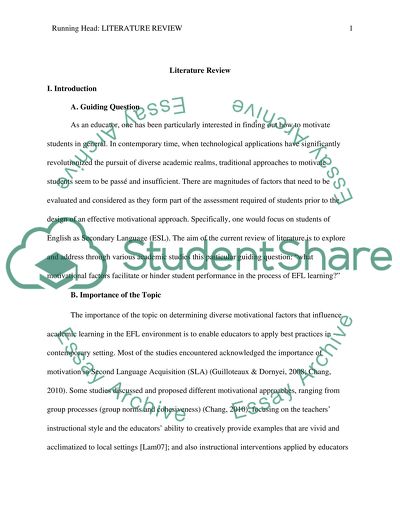Cite this document
(“What motivational factors facilitate or hinder student performance in Essay”, n.d.)
Retrieved from https://studentshare.org/education/1396479-what-motivational-factors-facilitate-or-hinder-student-performance-in-the-process-of-efl-learning
Retrieved from https://studentshare.org/education/1396479-what-motivational-factors-facilitate-or-hinder-student-performance-in-the-process-of-efl-learning
(What Motivational Factors Facilitate or Hinder Student Performance in Essay)
https://studentshare.org/education/1396479-what-motivational-factors-facilitate-or-hinder-student-performance-in-the-process-of-efl-learning.
https://studentshare.org/education/1396479-what-motivational-factors-facilitate-or-hinder-student-performance-in-the-process-of-efl-learning.
“What Motivational Factors Facilitate or Hinder Student Performance in Essay”, n.d. https://studentshare.org/education/1396479-what-motivational-factors-facilitate-or-hinder-student-performance-in-the-process-of-efl-learning.


